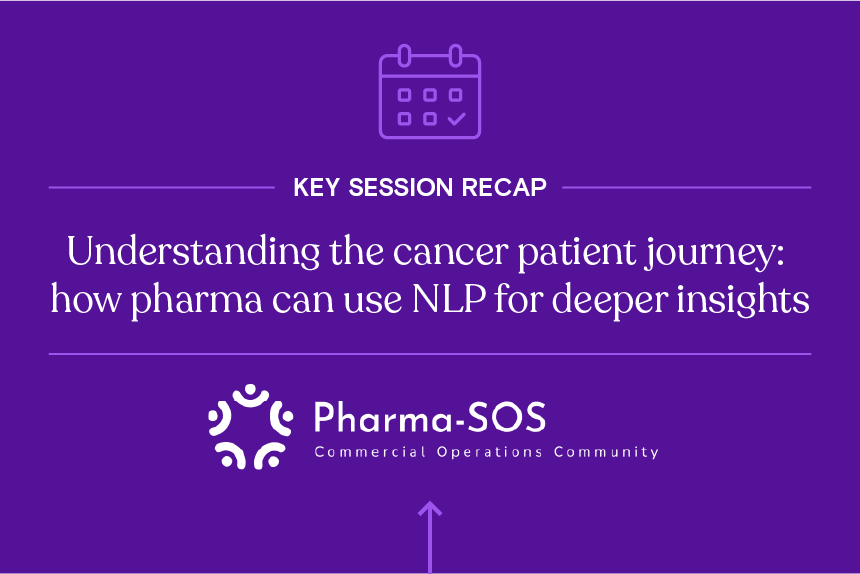New docs, old tricks? How millennial physicians are reshaping the MSL role
Sep 22nd, 2022

If baby boomers were the “Me Generation,” Time magazine mused in 2013, then the millennials—the boomers’ offspring—must be the “Me Me Me Generation.”
But then a decade passed, and Time’s cover-page provocation that “[m]illennials are lazy, entitled narcissists” was either, depending on whom you ask, 1.) disproven by those teens and twentysomethings joining the workforce in all the usual ways or 2.) bolstered by their particular approach to work.
Some of those teens and twentysomethings went to medical school, graduated, and are now physicians in their twenties and thirties. Sure enough, these young doctors are approaching medical practice differently than their peers—but maybe not in the way that someone glancing at Time’s May 20, 2013, cover might assume.
By many accounts, millennial (or “Gen Y”) physicians are more collaborative, more open to direct communication with patients, and more interested in peer-to-peer education than older doctors. Increasingly, they’re rejecting traditional hierarchies, embracing technology, and showing suspicion toward old-school pharmaceutical marketing models.
These and other generational trends are reshaping how life science organizations’ medical affairs teams and medical science liaisons (MSLs) work with twenty- and thirtysomething clinicians.
Does the life science industry have its work cut out for itself? Or are millennials’ preferred approaches to care greasing the wheels for med affairs? Let’s take a look.
Millennial docs want to learn from their peers
Are millennials self-centered? We don’t have the data to say one way or the other, but the data we do have suggest that most millennials are far from individualists.
Only about 14% of millennial physicians want to learn on their own, according to a 2016 report from Syneos Health. The majority (52%) would rather learn about new treatments through peer-to-peer conversations. Comparatively, only 18% of physicians outside of this generational cohort agreed.
For MSLs and medical affairs professionals, this means demonstrating one’s own expertise or partnering with a respected key opinion leader (KOL)—or even better, a digital opinion leader—is paramount. Millennial doctors are more than willing to be educated about an organization’s latest therapy, but they need to know that they’re participating in a collaborative partnership, not a one-sided sales pitch. In fact, many pharma orgs are reducing their reliance on sales reps in response to Gen Y’s growing reluctance.
MSLs shouldn’t be offended if these physicians don’t take them at their word straight away—millennial doctors are hesitant to embrace healthcare information directly provided by pharmaceutical organizations. About 79% will only refer to this information after finding confirmation from a third-party source or a healthcare peer. A considerable majority (65%), according to the Syneos report, simply don’t trust pharma-provided information to be accurate.
Medical affairs efforts aimed at younger physicians must be prepared with plenty of research—ideally from multiple sources—to support their proposed treatment or device.
And if MSLs are coming equipped with in-house disease information, they ought to lose the branding. Gen Y docs want to feel that informational resources are fair, balanced, and patient-focused—not catalogs for the latest drug or device.
Younger physicians value their time—and their patients
Millennials are all about work-life balance. In the abstract, this preference might come across as a sense of entitlement to members of older generations. But in reality, as staffing shortages continue with few signs of slowing, physicians of all ages are feeling burnt out by their unrelenting workloads.
Respecting physicians’ time is (hopefully) common sense among medical affairs professionals, but when courting millennials, MSLs may need to pay extra attention to the clock. Younger doctors may be less willing to take an after-hours meeting or talk business over dinner and drinks late into the night. They’re more interested in leaving work for work hours—as long as those hours may be—and making the most of the time they have with family, friends, or hobbies.
Savvy medical affairs teams can leverage the technology that millennials are already embracing to secure a spot in their busy schedules. These physicians are more willing than older generations to engage with initial and follow-up communications via email, text, or even social media.
While younger doctors still prefer in-person interactions to online meetings, they’re happy to receive and utilize digital resources as supplementary material before, during, or after a conversation with medical affairs. It’s one thing to explain how your medical device will transform a doctor’s approach to surgery; it’s another entirely to show a video of the device in action.
Millennial physicians are also especially sensitive to the unique needs of their patients. They’re more likely than older doctors to modify their communication approach to their specific patients, and during conversations with biopharma organizations, they’re more likely to prioritize programs offering patient-centered benefits like medication samples and co-pay assistance.
Gen Y clinicians understand patients are consumers, too
Even as primary care doctors are getting harder to come by, patients have all sorts of new options for care. The growing availability of telehealth, retail clinics, and other outpatient centers means that patients aren’t as tightly bound to a family physician or specific care network—and with healthcare professional profiles and review aggregators accessible to anyone with an internet connection, those patients have even greater insights into their healthcare choices.
In response, many Gen Y physicians are showing interest in pharma programs that support patients’ demands for more personalized care, deliver opportunities for shared decision-making, and overcome barriers to patient adherence.
These physicians want partnerships with life science organizations that enable closer partnerships with their patients. They recognize their roles in patients’ lives are more collaborative and less paternal than may have been the norm for previous generations.
Life science organizations can adapt to these changing norms by building medical affairs strategies and messaging that put patients first and acknowledge their growing power as consumers. But first, they’ll need data on who those patients are.
Don’t discount Gen Xers and boomers
For all the changes millennials are making to the healthcare landscape, they’re not yet the face of patient care. The average physician is about 53 years old. Gen Y still has a few years before they represent the new norm.
No medical affairs strategy should cater solely to one specific generation. To craft smarter strategies, life science organizations need to understand who’s working at the health systems and facilities they’re interested in partnering with.
With reliable healthcare commercial intelligence on providers’ ages, patient bases, specialties, and other key data points, MSLs can go into every meeting prepared to speak to physicians’ needs—and the needs of their patients.
Sign up for a demo today, and see how the right data, analytics, and expertise can make all the difference.




